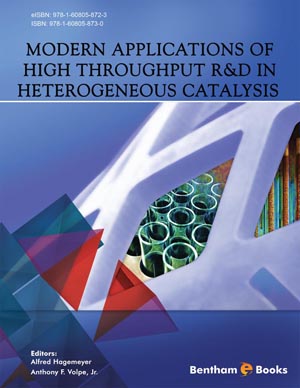Abstract
The Interrogative Kinetics (IK) methodology is presented as a new direction in catalyst development that combines elements of high-throughput methodology with detailed, intrinsic kinetic characterization comparable to molecular beam surface science experiments. Similar to high-throughput techniques, the IK approach uses real materials (as opposed to model systems) and studies the kinetic function of the material as its chemical composition is incrementally changed. In the case of metal oxides, both oxygen and metals can be varied. Using the TAP (Temporal Analysis of Products) pulse response technique the surface composition can be manipulated with respect to oxygen while capturing detailed kinetic information [1-3].
To extend the IK methodology to metals, new instrumentation is described here that will incorporate with TAP kinetic characterization the incremental adjustment of surface metals composition in submonolayer amounts using atomic beam deposition. Recently developed instrumentation to transport catalyst particles entrained in an inert gas flow and microreactor carousels are presented that streamline the comparison of multiple samples and accelerate the development process. In contrast to traditional kinetic methods that attempt to obtain performance parameters from a well-defined ‘steady-state’ of a catalyst surface, Interrogative Kinetics attempts to systematically probe the catalyst as the surface composition changes, providing fundamental information describing the composition-activity relationship of technical (non-ideal) materials. This incremental titration of the surface can be thought of as a ‘chemical calculus’. Using technical materials in this manner one can study complexity and better understand how emergent properties of the system arise.
Keywords: Transient kinetic characterization, Temporal Analysis of Products, TAP Reactor, Interrogative Kinetics, Intrinsic kinetic characterization, Pulse response technique, Catalyst complexity, Atomic beam deposition, Molecularscale surface composition modification, Active sites






















